A recent report suggests Apple's in over its head with it's iPhone modem efforts, but — to borrow a phrase — we think differently.
Apple knows what it's doing and knew what it was getting into from the start. But even the folks queried by the Wall Street Journal admit right off the bat that getting cell modems working right is no small feat.
That is among the many reasons why Apple uses Qualcomm components in its iPhones, has for years, and will continue to do so at least through 2026, as Qualcomm itself recently acknowledged.
It's no surprise that Apple has stayed mum on the subject. We expect that once it has something to talk about, it will, just as it does about A-series, M-series and other chips it makes — look at the time it spent at the recent iPhone and Apple Watch launch crowing about the chips inside.
Apple's seemingly inevitable switch to its own modem hardware has been an open question since 2019, after Apple acquired Intel's cell modem business in a $1 billion deal that netted Apple 2,200 employees, facilities, technology, and a bevy of patents to help kickstart its modem efforts.
But this has been a long time coming. Much, much longer than that.
Apple's custom silicon history
Apple's experience with custom integrated circuit design long predates the iPhone, and even the Mac, for that matter.
Apple co-founder Steve Wozniak designed a one-chip floppy disk controller solution for the Apple II called the IWM (Integrated Woz Machine). Apple's been designing its own custom silicon solutions ever since, such as the AIM alliance with IBM and Motorola which yielded the PowerPC processors used in Macs for years.
Apple was also fundamental in launching Arm, the company that owns the IP behind the processors Apple now designs for its own products. Arm — founded in 1990 as Advanced RISC Machines Ltd. — was a joint venture between British PC maker Acorn Computers, Apple and VLSI Technology.
Before it became the semiconductor juggernaut it is now, Arm made processors used in Apple's Newton MessagePad and other products.
More recently, Apple was among Arm's key strategic investors for its 2023 IPO, agreeing to a new chip technology deal that "extends beyond 2040," according to an Arm regulatory filing.
Apple bought chip design firm P.A.Semi in 2008, kicking its own chip design efforts into gear and yielding results beginning in 2010 with the introduction of the A4, the SoC inside the iPad, the iPhone 4, 4th-gen iPod Touch, and the 2nd-gen Apple TV.
By the time Apple acquired Intel's cell modem business in 2019, the company had already been developing its own mobile-focused SoC designs for more than a decade, led by the company's Senior VP of Hardware Technologies, Johny Srouji.
Contrary to the implication in the WSJ article, Apple knows what it's doing here, even though the stakes in 5G might be a bit different.
The article claims that by late 2022, Apple's modem hardware was about three years behind Qualcomm. Tantra Analyst founder and principal Prakash Sangam points out that Samsung and Huawei have run into challenges to develop hardware that can compete with Qualcomm.
"[Samsung and Huawei] are definitely not beating but not even equal to Qualcomm in terms of performance, feature set support, number of bands, and band combinations" said Sangam.
Given the amount of time Apple has purportedly been developing its modem hardware, Sangam thinks Apple is actually on track, not behind. From Sangam's perspective, Apple may have thought it could make a modem quicker than other companies but reality has caught up to it.
"That's more in line with Samsung and Huawei's timelines, so that seems realistic," he said.
"Building [a] modem is hard, which Apple is realizing, unlike its SoC effort. So, that is worth noting," Sangam added.
Why Qualcomm?
Qualcomm isn't the only company that makes modem silicon for cell phones, but they're the 800 pound gorilla, because they've been center-stage in the business since there was a business.
There are few smartphone manufacturers with the volume and the acumen to pay Qualcomm for licenses while still rolling their own chips, like Samsung and Huawei. It only makes sense then that Apple should be in that mix, so why isn't it?
Bottom line: if you're a smartphone maker, you're either paying Qualcomm for parts, licensing Qualcomm IP, or paying someone else to license Qualcomm's patents.
Apple found itself doing more than one of those things at a time. Which is one reason why Apple and Qualcomm have dragged each other through U.S. federal courts on and off, for years.
Qualcomm is an IP juggernaut, with more than 140,000 patents under its belt, many of which are essential to the operation of cell phones — what's known in IP law as "standards-essential patents" or SEPs. The company's licensing business nets it billions in annual revenue.
The baseband processor is the radio network interface for a cell phone — an essential component for it to operate. Apple didn't start out using Qualcomm-made baseband chips, but Apple's complicated history with Qualcomm goes back to those first iPhones.
For the first several years of the iPhone's development, Apple used baseband chips made by German semiconductor maker Infineon. Apple eventually negotiated a licensing deal with Qualcomm, leading to an exclusive deal between the two companies in 2011. That deal didn't work out, so the companies sued each other, eventually settling out of court in 2019.
Legal actions between the two companies have erupted ever since, though Apple's efforts to overturn Qualcomm's patents in court have been pretty consistently rebuffed by federal judges straight up to the Supreme Court, which refused to hear their case in 2022.
At this point the two companies are in an uneasy state of detente. Qualcomm chips are still in iPhones, and Qualcomm says that it will still be providing chips to Apple through 2026.
The question isn't if this will change, but when. Apple's continued reliance on Qualcomm for such a key component of the iPhone is, without question, not what the company wants to do.
Tim Cook has been telling investors since 2009 — about a year after the P.A. Semi deal was announced — that Apple wants to own and control the primary technologies behind its products.
One interesting footnote here: Infineon, the company that provided Apple with the baseband modem for the first iPhones, sold its wireless business segment to Intel in 2011 after Apple made its deal with Qualcomm. It's much of that business Apple would spend $1 billion for, less than a decade later.
5G: a moving target
Even if Apple has more than enough expertise to design an effective baseband chip, it's still wading into very deep waters with its own cell modem. The telecom industry operates in very long cycles of technology development and deployment, and 5G is still very much a work in progress.
5G is all we hear about, both from Apple and from network operators trying to upsell us to the latest plans. And in fairness, 5G now blankets most population centers around the U.S. and China.
But we're still very much living in a 4G world, 14 years after the technology first debuted.
For some perspective on this, consider a few data points offered by telco giant Ericsson. The company's latest annual network coverage outlook noted that global 4G coverage extended by late 2022 to about 85% of the global population.
By comparison, global mid-band 5G coverage had only reached about 10% of the global population (30% inside of China). Those coverage figures actually put 5G ahead of where 4G was at the same stage of its deployment. But there is still a lot of runway, and "5G" itself is very much a work in progress.
The process of rolling out new generations of cell tech starts with the 3GPP, an organization that develops and maintains global telecom specifications. Those specs are then implemented by regional standards bodies, then later filter down to semiconductor companies and handset makers.
A seat at the table
Implementing a new generation of phone technology is a bureaucratic effort that takes years, filtering through to hardware makers once the details have been worked out in endless committees. Apple, unlike Qualcomm with its thick stack of essential patents and other players, was starting from scratch with the 3GPP after the Intel acquisition.
Apple lacks representation on the chairs of 3GPP committees, and, in fact, the 3GPP implemented new rules this year precisely to prevent individual businesses from gaining too much power and influence within the groups which vote on 5G feature and service design and deployment.
The rule doesn't single out Apple. But the company's recent efforts to stack groups with members mirrors what other telecom businesses have been also been trying to do, necessitating the change.
Meanwhile, the 3GPP and the telecom industry is moving towards the release of "5G Advanced" features. Those are aimed at improving network performance to gear it up to support virtual reality, AR and MR.
There can be little question that as Apple sees this as crucial to its spatial computing efforts. The Vision Pro is only the first spatial computing device Apple has planned, and it's entirely dependent on wireless local networking.
But it's easy to imagine portable implementations of the technology which take advantage of future high-speed, low-latency cell connections to provide users with a realistic and immersive experience even when they can't get on Wi-Fi.
Those new capabilities are still in committee for another year or two, and it'll be even longer still before they're etched onto silicon. This makes it a good time for Apple to get in the mix with its own hardware.
"One thing going for them right now, at least for next one or two years, is the incremental jump in feature sets and capabilities on 5G modems," said Sangam. "It's a kind of an improvement that has slowed down."
There's nothing to see here, move along
We understand well that there's no love lost between Apple and Qualcomm, after years of legal wrangling and broken and renegotiated contracts. But that doesn't mean Apple is fumbling its own solution just to get them out of the way, in fact, quite the contrary.
It's clearly in Apple's best interest to control its own destiny with its silicon rather than leaving such a crucial piece of the iPhone puzzle to an unreliable partner. That keeps in line with Tim Cook's doctrine of controlling principle technology.
And it's important to note that Apple has dramatically expanded chip engineering efforts in recent years, opening new development centers in Israel to accommodate the rush of new projects.
Ultimately, the WSJ paints a very unflattering portrait of Apple's modem efforts that simply doesn't pass the smell test for anyone with even a passing familiarity with how Apple runs, or how the telecom business operates.
The truth is more mundane: It simply takes time and many iterations to get this sort of technology right, especially for a company like Apple that only wants to project technological primacy for its flagship products.
 Peter Cohen
Peter Cohen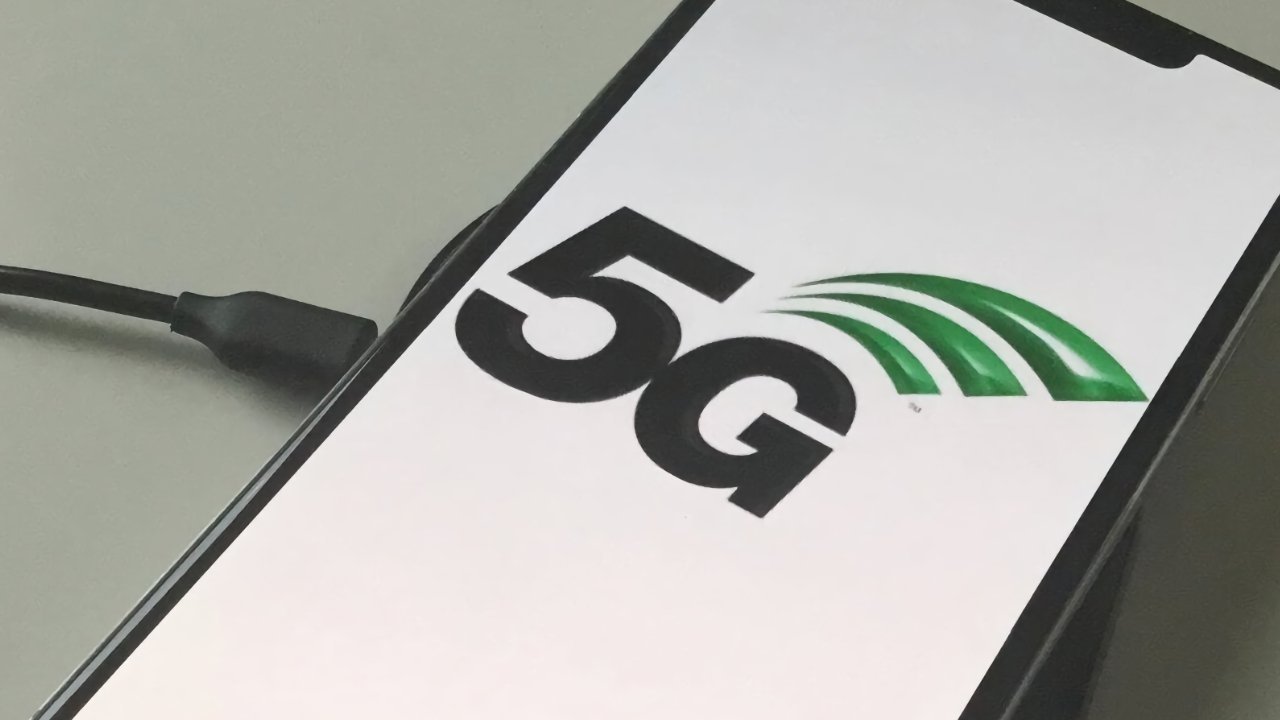
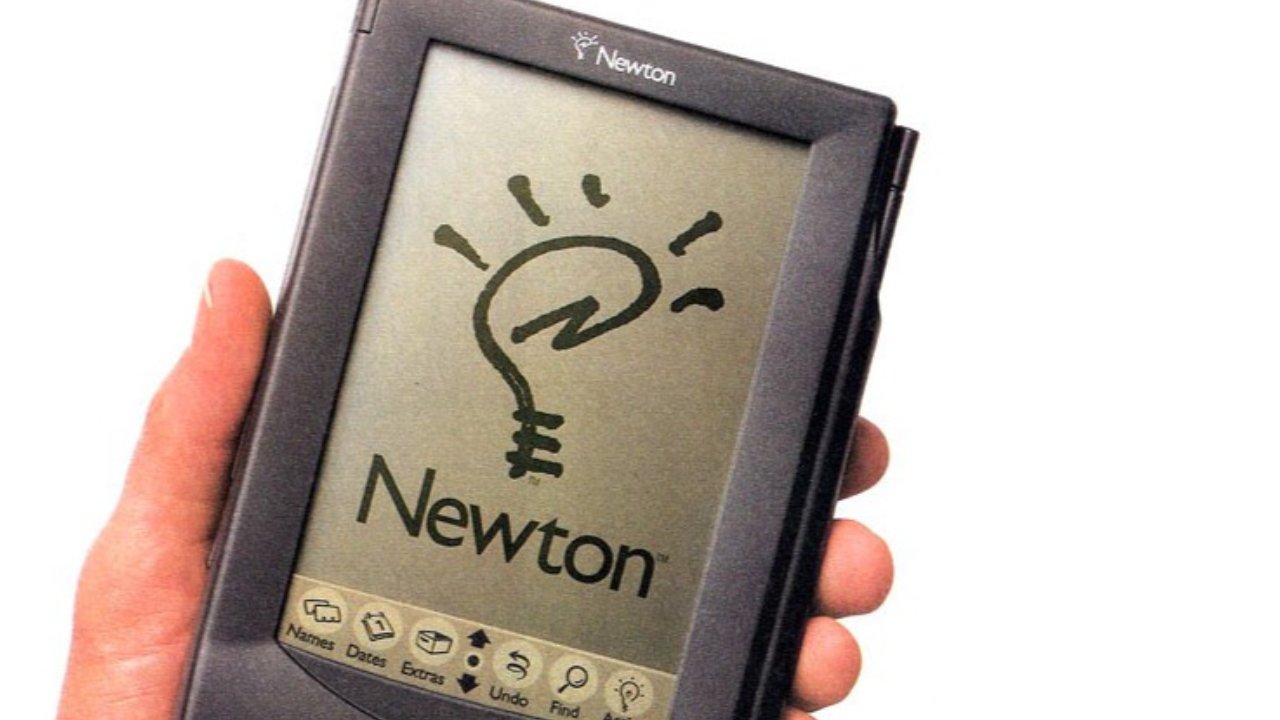
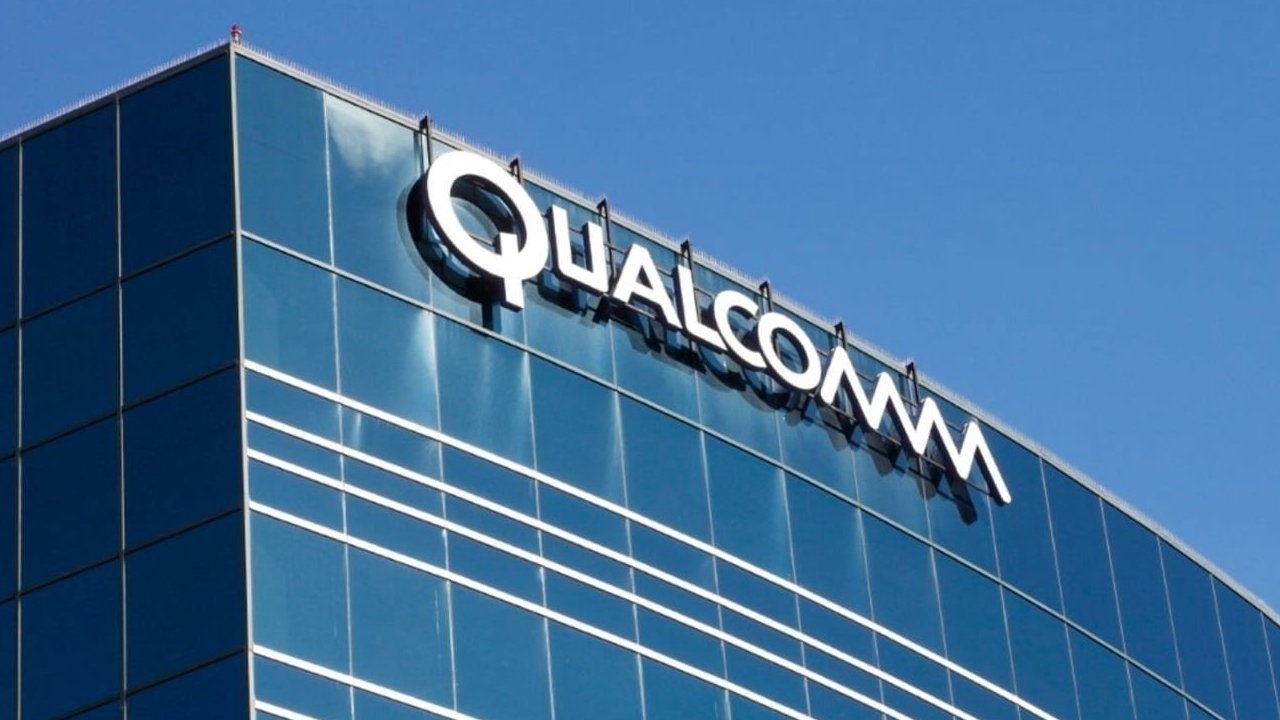







-m.jpg)






 Malcolm Owen
Malcolm Owen
 Amber Neely
Amber Neely

 Wesley Hilliard
Wesley Hilliard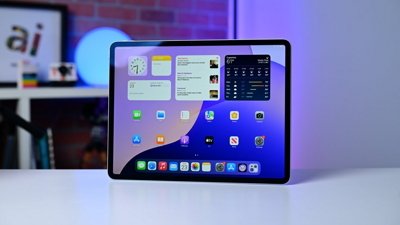
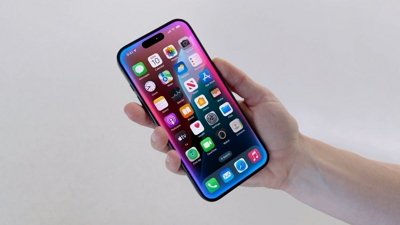

 William Gallagher
William Gallagher
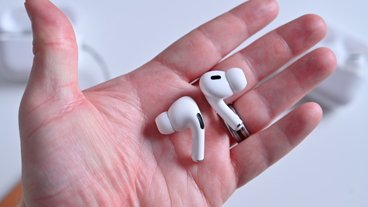









46 Comments
And we’re all familiar with how stable the Israelís-politisphere is right now.
That was an enjoyable article.
That was a great article. Your WSJ hyperbole smackdown was much appreciated.
The WSJ is crap.